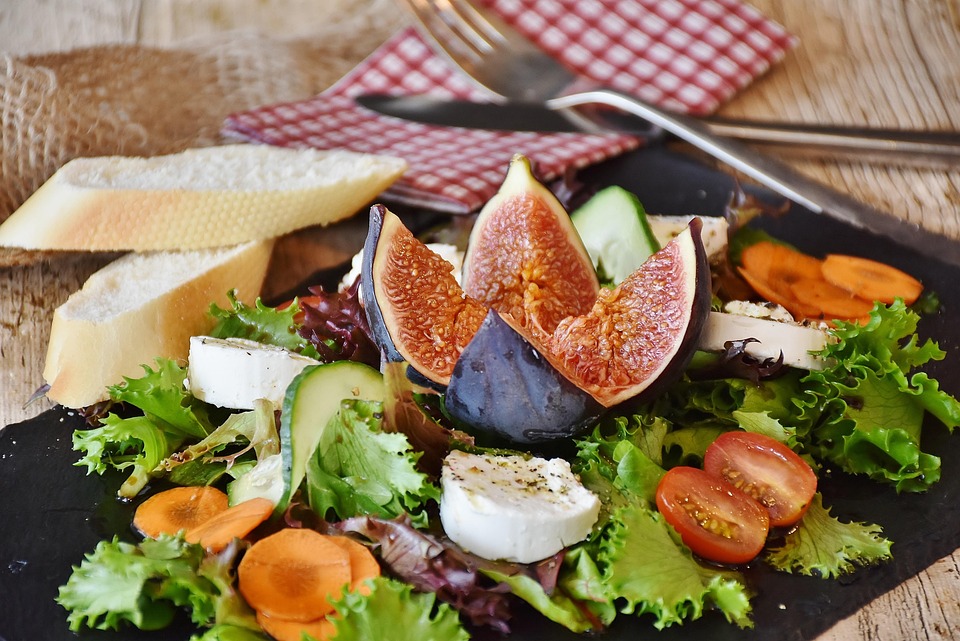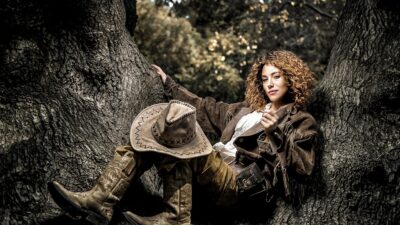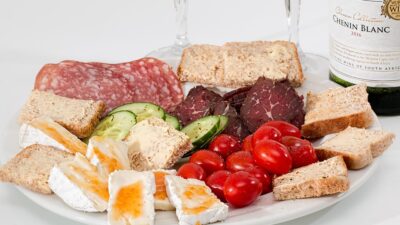In an age where social media and culinary creativity merge, food photography has become both an art form and a powerful tool for expression. Whether you’re a home cook eager to share your culinary creations or a budding food blogger aiming to capture stunning images for your platform, understanding the basics of food photography can elevate your dishes from plate to pixel. This guide provides insights to help beginners master the art of food photography, turning simple meals into visual delights.
1. Understanding the Basics of Composition
Composition is the foundation of any great photograph, and food photography is no exception. Key compositional elements include:
-
Rule of Thirds: Imagine your frame divided into a grid of nine equal parts. Positioning your main subject along these lines or at their intersections creates a more balanced and engaging image.
-
Leading Lines: Use natural lines in your setting, such as the edge of a table or the curve of a utensil, to lead the viewer’s eye toward the focal point of your dish.
- Framing: Consider the use of props like plates, napkins, or even ingredients to frame your dish. This adds context and depth to the photograph.
2. Lighting: The Heart of Food Photography
Good lighting can make even the simplest dish look appealing. Here are some tips on harnessing natural light:
-
Natural Light: Whenever possible, shoot in natural light. A nearby window can provide soft, diffused light that brings out the textures and colors of your food.
-
Avoid Direct Sunlight: Harsh light can create unflattering shadows and overexposed highlights. Opt for indirect sunlight or use sheer curtains to soften the light.
- Golden Hour: The hour after sunrise and the hour before sunset offer warm, golden light that can enhance the colors of your food beautifully.
3. Choosing the Right Background
The right background can complement your food while keeping the focus on it. Consider these options:
-
Neutral Colors: Simple, neutral backgrounds like white wooden tables, marble countertops, or dark slate can allow your food to stand out.
-
Texture: Incorporate textured surfaces such as linen tablecloths or rustic wood to add dimension while maintaining simplicity.
- Color Harmony: Be mindful of your food’s colors and choose backgrounds that complement rather than clash with them.
4. Experimenting with Angles
The angle from which you shoot can dramatically change the perception of your dish. Common angles include:
-
Overhead Shot (Flat Lay): Great for capturing a complete meal with multiple components. Keep styling minimal to draw attention to the food.
-
45-Degree Angle: This is often the most flattering angle for dishes served in bowls or plates, showcasing height and layering.
- Eye Level: Shooting at eye level works well for burgers, stacked dishes, or anything that has a defined height.
Explore different angles to see which one captures the essence of your dish best.
5. Styling Your Food
Food styling is about making your dish look as appetizing as possible. Here are some suggestions:
-
Fresh Ingredients: Use fresh herbs, vibrant vegetables, or colorful garnishes to add visual interest and freshness.
-
Consider Portions: Arranging food in smaller portions can often make it look more appealing, especially in a multiple-dish setting.
- Layering and Balancing: Create height by adding layers and balancing plates with complementary colors and shapes.
6. Post-Processing Essentials
The editing phase can enhance your image without altering the integrity of your dish. Basic edits include:
-
Adjusting Brightness and Contrast: Brighten up your image and adjust contrast to make colors pop.
-
Color Correction: Ensure that the colors in your image reflect the actual dish. Pay attention to white balance so that your food looks true to life.
- Cropping: Fine-tune your composition by cropping out distractions while focusing on your main subject.
7. Inspiration and Continuous Learning
Finally, the world of food photography is vast and ever-evolving. Seek inspiration from various sources:
-
Social Media: Platforms like Instagram and Pinterest are gold mines for fresh ideas and trends in food photography.
-
Photography Books: Invest in books or online courses that focus on food photography, composition, and editing techniques.
- Practice: Experiment regularly! The more you shoot, the more you’ll develop your style and confidence.
Conclusion
Food photography is a joyous blend of artistry, storytelling, and passion. By understanding composition, lighting, styling, and editing, you can create images that not only showcase your dishes beautifully but also communicate the flavors and emotions behind them. So grab your camera, follow these tips, and let your creativity shine through every delicious click!



